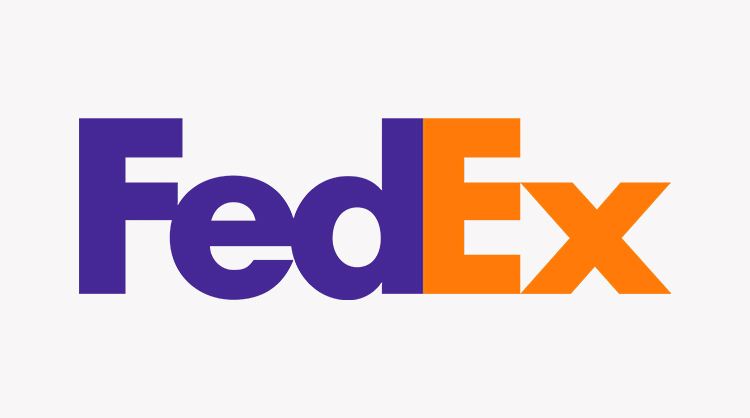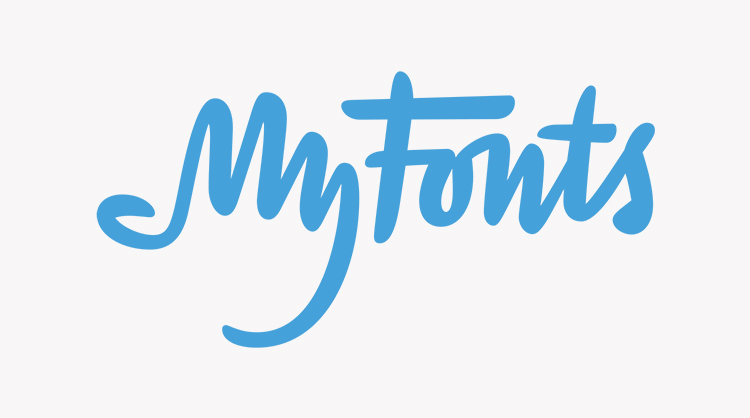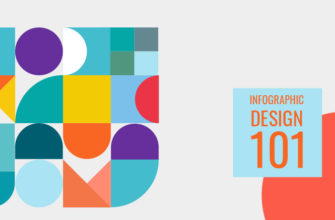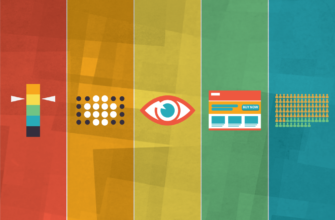When we look at any piece of design or visual content, some elements stand out. Usually, the bigger and brighter they are, the more instantly they grab our attention and hold it for longer. Often at the expense of other important details.
Designers typically have to perform the complicated task of juggling all the elements and arranging them in the most effective hierarchy possible.
One of the core elements that often gets overlooked — at least by users and consumers — is white space. The glue that holds every composition together.
Without white space doing its job, you won’t be able to read this article or create a high UX website. It exists in everything you can think of — books, design, architecture, decor, engineering — even in cinematography, performing arts, and our everyday communications.
In a verbal speech, white space translates into pauses and silences. In sports, it’s in the moments of silence and preparation that occur off the field. As Vince Lombardi, the legendary football coach once said, "The will to win is not nearly as important as the will to prepare to win." Those silent, white-space moments of training and planning transform into success when you finally get on the field.
In movies, stories, and TV shows, white space is the quiet before the crescendo. Before all hell breaks loose.
But what about graphic design? How elemental is white space when you are creating a logo design or a print illustration?
White Space in Graphic Design — What Is It?
According to the Interaction Design Foundation, “white space is the area between design elements. It is also the space within individual design elements, including the space between typography glyphs (readable characters).”
From ensuring perfect white space aka kerning between individual font characters to managing the big-picture white space in web design or logo design, it emerges as the single most crucial factor in design.
It performs the role of being a canvas over which you can paint and arrange your design elements. The most efficient use of white space makes your design look more polished and helps consumers perceive your brand as more professional and in control.
It produces cohesive, coherent, and clean designs that invite engagement and inspire curiosity. Turning white space into negative space allows you to explore its potential further. You can then manipulate and forge it into being more active in the design, and use the space to form letters, hints, clues, and images.
The FedEx logo is probably the most well-known example of the creative use of white space.

But it’s not the only one. Brands have experimented with white space often, to add wit to their designs and more layers to their brand message. You probably knew about the NBC logo hiding a peacock inside it or that the WWF panda is made up entirely of white space with the black bits added later. But did you know that the ‘My’ in MyFonts logo becomes a hand if you squint a bit?

In addition to these genius ways to make the white space work extra for your logo design, brands also rely on it completely to upgrade their overall appeal. In the minimal design arena, especially, white space enjoys an elite status. All the rest of the elements work around the role of the white space, not the other way around.
And if you are wondering if white space must be an actual ‘white’ space, the answer is no. It can have any background color, something as bold and bright as a sexy magenta, as long as it does its job of making the design shine.
So without further ado, here’s our handy infographic on all things white space. Hope it refreshes what you already know and adds more to your knowledge bank. If you feel sufficiently impressed by our infographic and feel like you should create your own, here we share our secrets for creating click-worthy infographics that go viral.




